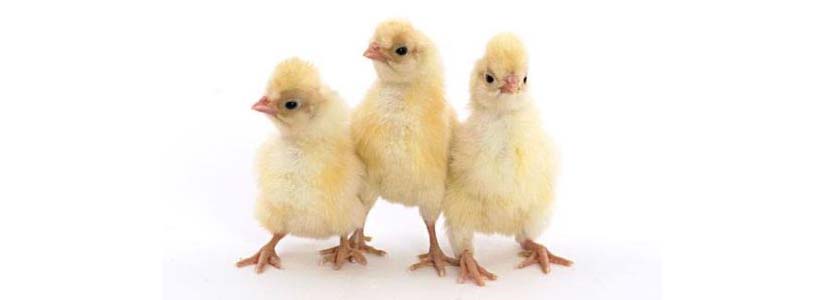Content available at: Español (Spanish) العربية (Arabic)
The appearance of new diseases or the reappearance of diseases that were believed to have disappeared is neither a new process nor an alien one in human or animal health.
These are due to the incessant struggle that microorganisms, pathogens or not, have to lead to survive, just like us or any living being. Otherwise, it can only disappear. Therefore, when a microorganism is in a situation of extreme vulnerability, it looks for all possible gaps to break down the barriers that we put in place to protect animals against infection.
These sanitary gaps are usually seen later as failures in the biosecurity system when they have been diagnosed and were not previously contemplated in principle, either at a general or local level by the poultry farmer, sometimes due to failures in epidemiological or vector control, without ruling out that the evolution of consumer preferences may provoke the contact of birds with wild birds (we humans are still wild, as can be seen in half the world), significantly increasing the risk of contagion and the re-emergence of diseases.
The current health situation in poultry farming is dotted with cases where these emerging or re-emerging diseases attack birds. A large majority of them are of viral origin and a powerful immunosuppressive effect is observed, sometimes accompanied by bacterial infections.
Cases of processes circulating in a covert way are not uncommon, because the vaccines have worked correctly. Still, the process affects in an almost subclinical way, which is difficult to diagnose without a laboratory result that confirms the process. Also, in a transient form, we encounter it as weakness in animals, and they cannot cope with bacterial infections, even the most banal ones.
These processes are even seen in processes produced by
Keep up to date with our newsletters
Receive the magazine for free in digital version
REGISTRATION
ACCESS
YOUR ACCOUNT
LOGIN
Lost your password?

